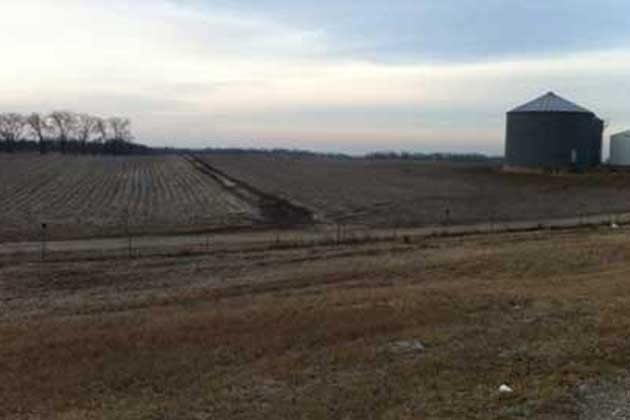
By Cole Lauterbach/Illinois Radio Network
WASHINGTON – The average American farm is getting larger, according to a new government report.
At the same time, the number of mid-sized farms is declining. The reason why is still up for debate.
A report from the U.S. Department of Agriculture said that over the past three decades, the majority of farming production has moved away from many midsize family farms to a small number of large family farms, leaving a large number of very small farms, having 10 or fewer acres.
By 2012, 36 percent of all cropland was on farms with at least 2,000 acres, up from 15 percent in 1987, the report said. The midpoint for cropland acreage went from 650 acres in 1987 to 1,201 acres in 2012.
“We see acreage shifting from that midsize class to larger farms,” USDA analyst James MacDonald said.
In Illinois, half of farms had more or less than 488 acres. Now, MacDonald said it’s grown.
“By 2012, it was 1,160 acres, well over doubling,” he said. “You can see that more rapid shift throughout the Corn Belt.”
The report also found a much higher number of farms with 10 acres or less.
Equipment modernization, for instance, likely allowed farmers to manage more land over the past three decades, MacDonald said.
The Census of Farmers, MacDonald said, also is doing a better job of tracking small farm operations that have less than 10 acres of cropland, potentially affecting the numbers.
One unanswered question is whether the average farmer age has an effect on consolidation. Census data shows that the average age of a farmer rose from 50.5 in 2002 to 58.3 in 2012. At 55.7, farmers, ranchers, and other agriculture managers are older than any other profession tracked by the Bureau of Labor Statistics.






